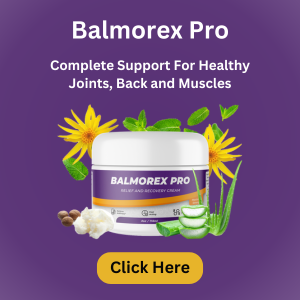Healing Through Breath: Postpartum Recovery by Gia Calhoun
By Gia Calhoun
Many new mothers underestimate the role of breath work and exercises in postpartum recovery.
We at Women Fitness got in touch with Gia Calhoun, a Pilates teacher based in Los Angeles, to answer common concerns often raised by new mothers. Gia has been part of Pilates Anytime since 2013, where she also served as Vice President, and she continues to be featured as a teacher on the platform.
Why is breathing such an important starting point after childbirth
Breathing is one of the most powerful starting points after childbirth because it’s gentle, accessible, and deeply restorative. Even before you’re cleared for exercise, you can safely begin with breathwork. Practicing diaphragmatic breathing helps regulate the nervous system, which is especially valuable during those early weeks when you may feel overtired, anxious, or overwhelmed. It also provides a way to co-regulate with your baby, helping them feel calmer and more secure.
On a physical level, breathwork initiates the process of reconnecting with your core and pelvic floor, two areas that are significantly affected during pregnancy and childbirth. Diaphragmatic breathing encourages the core muscles to re-engage gently and supports pelvic floor recovery without adding strain. In this way, breathing lays the foundation for safe, effective movement and a smoother postpartum recovery.
For moms dealing with diastasis recti, how should they approach breathing exercises safely?
For moms with diastasis recti, diaphragmatic breathing is one of the safest and most effective ways to begin reconnecting with the core. Diastasis is the separation of the abdominal muscles, and deep, intentional breathing helps recruit the diaphragm and deeper core muscles, including the transverse abdominis, without adding pressure to the midline.
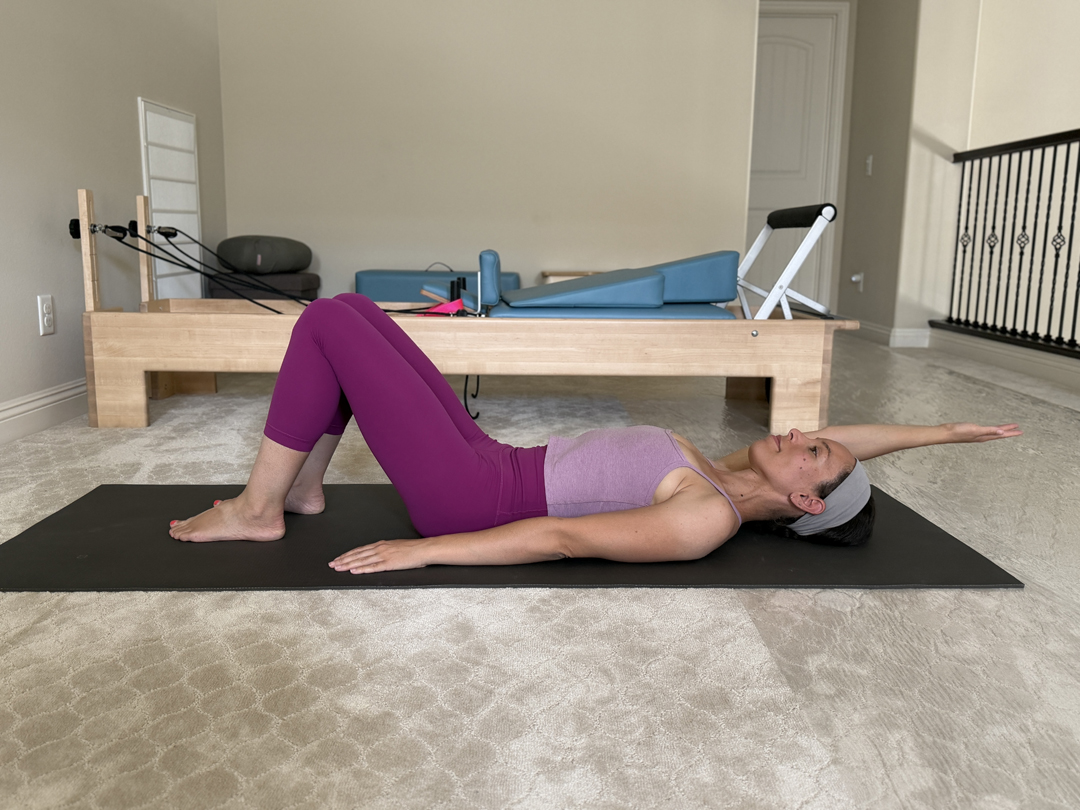
When practicing, the focus should be on full, expansive breaths that allow the ribcage and abdomen to gently expand on the inhale, followed by a controlled exhale that engages the deep core and pelvic floor. As strength and control improve, moms can gradually increase the length and control of the inhale and exhale to build more endurance. This mindful approach lays the groundwork for healing and prevents further strain on the abdominal wall.
What are some simple breathing techniques that new mothers can practice daily—even while feeding or resting?
One simple technique new mothers can practice anywhere, even while feeding or resting, is a gentle box breath. Here’s how it works: inhale through your nose for 4 counts, hold for 4 counts, exhale slowly through your mouth for 4 counts, and then hold again for 4 counts. As you feel more comfortable, you can gradually lengthen each phase to 5 or 6 counts.
This practice helps regulate the nervous system, reduce stress, and promote calm. At the same time, the controlled inhale and exhale encourage gentle activation of the core and pelvic floor, supporting your recovery in a safe, accessible way. It’s a simple yet powerful tool you can return to anytime you need a reset.
How can women begin strengthening their pelvic floor and core without overexertion? Share specific exercises.
A safe and effective way to begin strengthening the pelvic floor and core is through quadruped breathing. To practice, come onto your hands and knees with your spine in a neutral position. As you inhale, allow your belly to relax and gently expand. On the exhale, draw your belly back toward your spine, engaging the deep core and pelvic floor. This position works beautifully because gravity provides gentle resistance, helping these muscles activate more deeply without added strain.
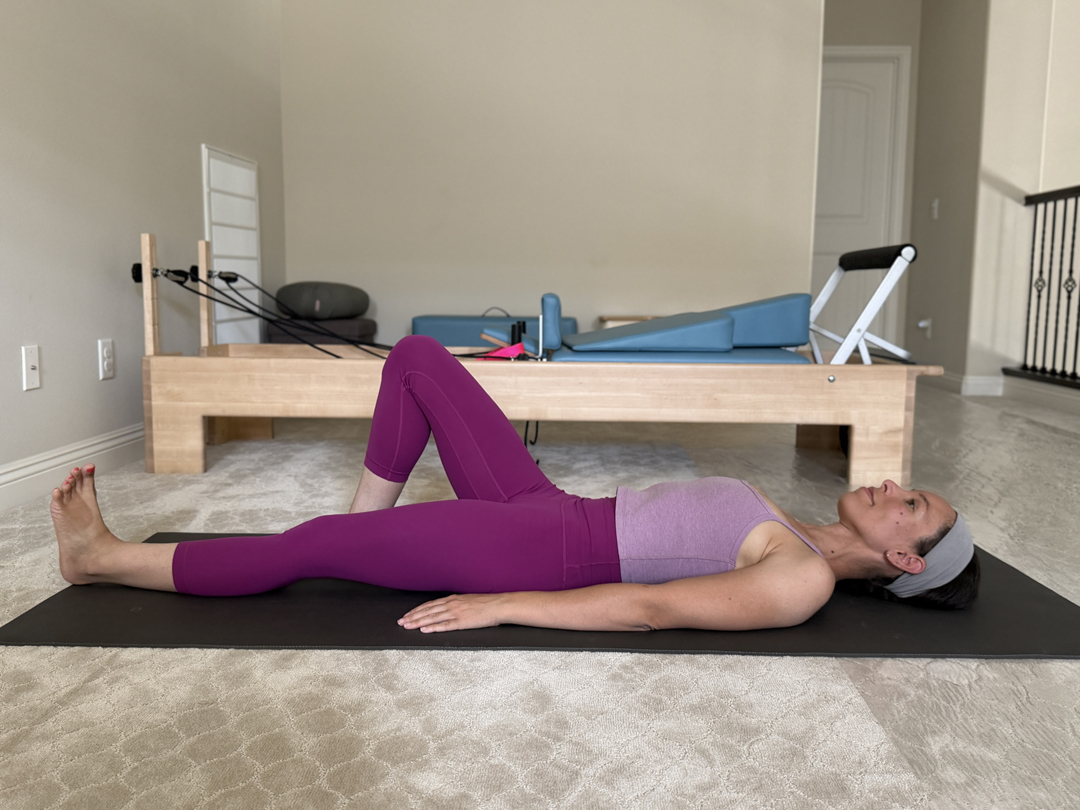
Another simple exercise is a heel slide. Lie on your back with your knees bent and feet flat on the floor. As you inhale, keep your core relaxed. On the exhale, engage your deep core and pelvic floor, and then slowly slide one heel away from your body, extending the leg along the floor. Inhale and bring the heel back in. Keep alternating sides. Move slowly and with control.
Both of these exercises are low-exertion yet effective ways to gently reactivate and strengthen the core and pelvic floor after childbirth, creating a solid foundation for more advanced movement.
Are there specific body areas (like back, hips, or shoulders) that need more attention after childbirth, and what movements help?
After childbirth, the shoulders and upper back often need extra attention. Hours of feeding, rocking, and carrying a baby can create tightness and fatigue in these areas. A gentle mobility exercise is to lie on your back with your knees bent and feet on the floor. Inhale as you lift your arms toward the ceiling, then exhale as you slowly reach them overhead toward the floor. Inhale to return your arms to the ceiling, and exhale as you lower them back down by your sides. You can move both arms together or alternate one at a time. This simple movement opens the chest, mobilizes the shoulders, and eases upper back tension.
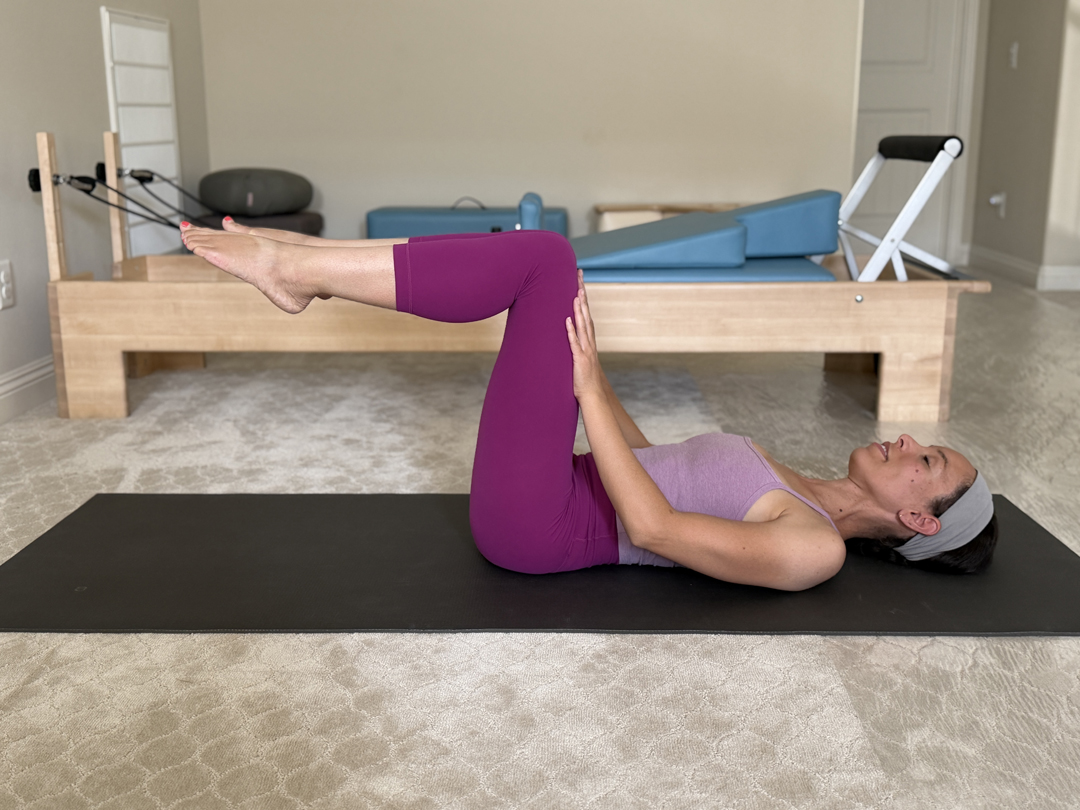
The hips also tend to become tight from more time spent sitting. A great way to release them is with a figure 4 stretch: lie on your back with both knees bent, then cross one ankle over the opposite thigh. From there, gently draw the lower leg in toward your chest until you feel a stretch through the outer hip. Hold for a few breaths before switching sides.
Both of these movements are gentle, restorative, and easy to integrate into daily life, helping new moms relieve tension and restore mobility.
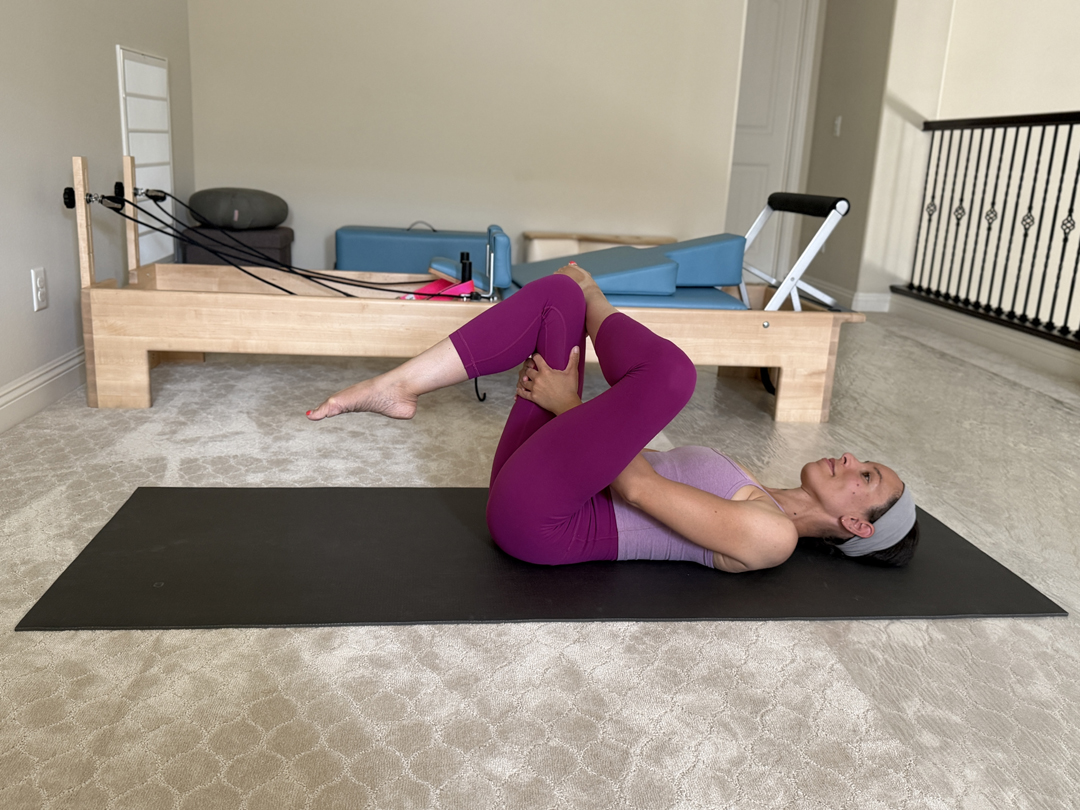
Share 5 postpartum exercises to support better posture, especially for moms spending long hours nursing or carrying their babies.
Here are five gentle postpartum exercises that can help improve posture and ease the strain from nursing or carrying your baby:
- Pelvic Tilts – Lying on your back with your feet flat, gently tilt your pelvis to activate your deep core and bring awareness to spinal alignment.
- Hands and Knees Press – In a tabletop position, press your palms into your thighs and feel your abdominals activate. This is a gentle way to strengthen the abdominals and support better posture.
- Gentle Back Extensions – Lying face down, lift your chest slightly while keeping your gaze down. This helps open the chest and strengthen the spinal muscles.
- Squats – Strengthens the legs and glutes, which support pelvic alignment and reduce the load on your lower back.
- Bird Dog – From hands and knees, extend opposite arm and leg, then switch. This improves core stability, balance, and overall posture.
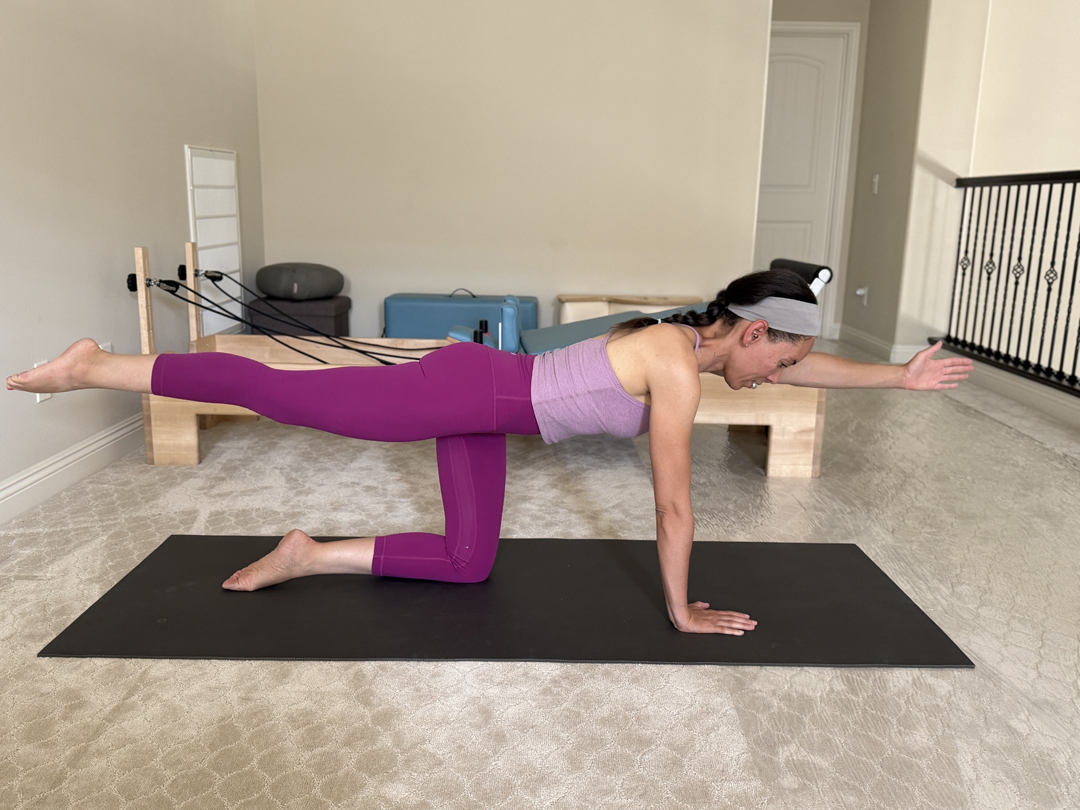
These movements are simple yet powerful ways to realign your body, strengthen the muscles that support posture, and create relief from daily repetitive tasks like nursing, rocking, and carrying your baby.
Postpartum fitness can be emotionally overwhelming. What advice would you give mothers to approach this journey with patience and self-compassion?
My biggest advice is to take things slowly and release the pressure to “bounce back.” Postpartum recovery is a journey, and every step forward counts. Even a few minutes of gentle movement can shift your energy, improve your mood, and help you feel more connected to your body.
It’s also important to let go of comparison, whether to others or to your “pre-baby” self. Instead, focus on what feels good and supportive right now. Celebrate the small wins, practice patience, and approach yourself with the same compassion you offer your baby. Consistency, not intensity, is what creates lasting strength and confidence.
Can gentle postpartum movement also support mental well-being and reduce feelings of stress or overwhelm?
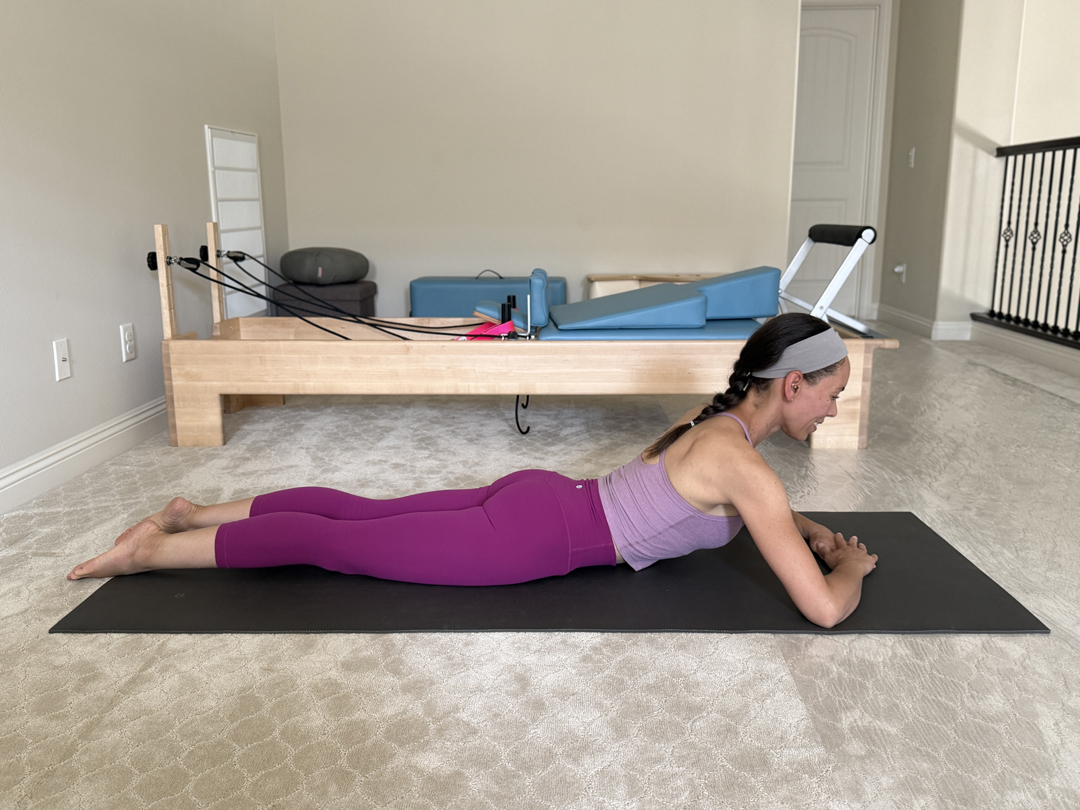
Gentle postpartum movement offers more than physical benefits; it can provide a much-needed sense of relief and grounding during a time that often feels overwhelming. Even short sessions can help reduce stress, lift your mood, and create space to reconnect with yourself.
Prioritizing your own well-being isn’t selfish. It allows you to show up with more energy, patience, and presence for your baby. Movement becomes a way to nurture both body and mind, reminding you that caring for yourself is an important part of caring for your family.
Share your special input for pregnant women and nursing moms on self-care.
Self-care is essential, not optional, for both your physical and mental well-being. To show up fully for your baby, you first need to show up for yourself. Taking even small moments to breathe, move, or simply rest helps you stay grounded and connected to your own needs.
When you honor and care for yourself, you’re not only replenishing your energy, you’re also modeling balance and self-respect for your child. Remember, caring for yourself is an act of love that benefits both you and your family.
About the Author:
Gia Calhoun is a Pilates teacher based in Los Angeles, California, who has been teaching since 2007. She is the creator of Move with Gia, a Pilates app offering on-demand and live classes designed to make movement accessible anytime, anywhere.
Gia has been part of Pilates Anytime since 2013, where she also served as Vice President, and she continues to be featured as a teacher on the platform. She completed her comprehensive teacher training with Diane Diefenderfer at Studio du Corps in Costa Mesa, California. In addition to her online teaching, Gia has presented at Pilates Week at Rancho la Puerta in Tecate, Mexico.
Disclaimer
The Content is not intended to be a substitute for professional medical advice, diagnosis, or treatment. Always seek the advice of your physician or other qualified health provider with any questions you may have regarding a medical condition.
Source link
Share this article:


